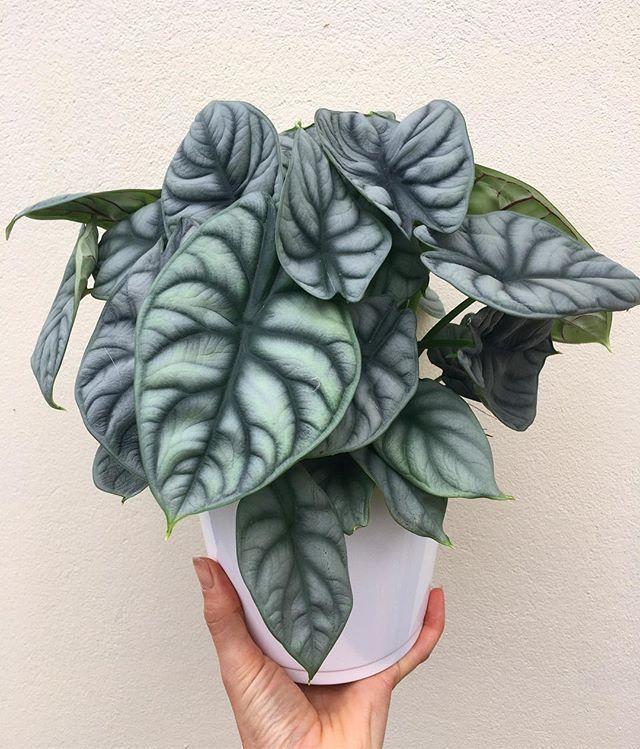Alocasia Silver Plant
Alocasia Silver is a perennial plant growing 1–3 ft tall, suitable for USDA zones 9–11, with moderate growth in well-drained loamy soil, thriving in partial shade and moderate moisture, and is not edible or medicinal.

Habit
Perennial
Height
1-3 ft
Growth
Fast
Soil
Well-Drained
Shade
Partial Shade to Full Sun
Moisture
Moist to wet
Edible
No
Medicinal
No
Origin
Southeast Asia
Climatic Condition
Tropical, Humid
Temperature (°)
20-30
Humidity (%)
60-80%
Potting media
Peat+Perlite
Fertilizers
Balanced NPK(10:10:!0)
Watering
Regular, Keep Moist
Plant Weight
300-500 g
Flowering Time
Rarely Flowers
Soil Ph level
5.5-6.5
Water Ph level
6.0-7.0
Soil EC
Yes1-2 dS/m
Yield Per Plant
Ornamental
NPK ratio
10:10:10
life Span
1-2 yrs
Health Benefits
Suggested Grow Media or Potting Mix ?
50% loam, 30% sand, 20% compost
Suggested Fertigation/Fertilizers
Fertilize every 2 months with a balanced fertilizer.
Common Diseases and Remedies
Leaf Rust , Soft Rot
Black Pustules on Leaves , Brown Discolouration and deformed fruits
removal of infected leaves, use Neem Seed Kernel Extract
HEALTH BENEFITS
Alocasia Silver, also known as Alocasia baginda or the "Silver Dragon," is primarily a decorative plant, but it can offer some health benefits indirectly. While it doesn’t have medicinal uses like some other plants, its presence in a home can enhance well-being in a few ways:
- Air Purification: Like many houseplants, Alocasia Silver can help improve indoor air quality by absorbing toxins such as formaldehyde and benzene. It also helps increase oxygen levels in the home, which can improve air circulation and overall freshness.
- Aesthetic and Mental Health: Having plants like Alocasia Silver in your space can boost mood, reduce stress, and improve mental well-being. Studies show that caring for plants and having greenery around can reduce anxiety and promote relaxation.
- Humidity: As the plant transpires, it increases the humidity in its immediate environment. This can be beneficial for people with respiratory issues, dry skin, or allergies, as it can help maintain optimal humidity levels.
However, it is important to note that Alocasia plants can be toxic to pets and humans if ingested, so caution is needed, especially in homes with small children or animals.